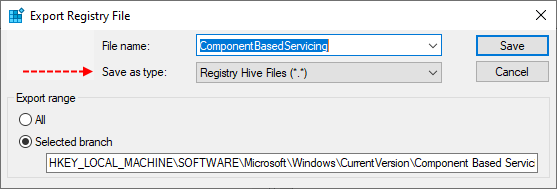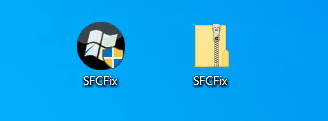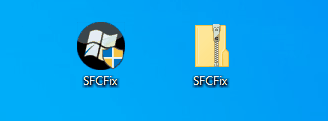Micosofit
New member
- Jan 16, 2025
- 4
For a few months now I have been facing the error "0x80073701" on Windows Server Standard 2022
This topic is my last hope, I want to avoid having to update Windows using an ISO file as much as possible or having to format it from scratch.
Thank you in advance.
This topic is my last hope, I want to avoid having to update Windows using an ISO file as much as possible or having to format it from scratch.
Thank you in advance.




